Vietnamese cuisine has many delicious dishes cooked in rustic clay pots, from clay pot rice with a fragrant golden crust to braised meats and fish stewed after many hours on the stove, or rich braised fish sauce used to dip cool boiled vegetables. The image of the rustic clay pot has become familiar with traditional Vietnamese dishes, but few diners know that many localities in the country use clay pots made in the remote Western region of Nghe An.
Tru Son commune in Do Luong district has a long-standing and famous profession of making clay pots in Nghe An province. People also humorously call this place "Kingdom of clay pots" because in addition to agricultural production, people here have been attached to the traditional profession for hundreds of years, making products that are known in many regions for their durability and beauty. Currently, there are several dozen households in hamlets in Tru Son commune still following the profession left by their ancestors, daily shaping clay to make many types of pots and jars to supply to the market. The famous braised fish dish of Vu Dai village ( Ha Nam ) is mainly made from clay pots ordered from Tru Son.
Elderly people in Tru Son recount that it is not clear when this profession began, but several generations of families have followed the profession of making pots. Children here, up to the age of 5, have learned simple steps to make a living with their parents and grandparents. In the past, this profession was mainly undertaken by women. Mostly, daughters-in-law and daughters in the family were taught the profession by their mothers and grandmothers. Perhaps the skillful, gentle hands along with the diligence and patience of women are more suitable for this profession. Today, when coming to Tru Son, the image of women with soft hands stroking and shaping is still in the minds of tourists, but the hard-working men have participated in many stages of production. A finished pot must go through many stages. The clay is rolled up, divided into small pieces, then kneaded and smoothed, removing impurities. After kneading thoroughly, the clay is put on a turntable to take its initial shape. Next, the craftsman will continue to polish and shape to create a satisfactory finished product, then dry it in the sun, and finally, the firing stage. The firing of the pot is considered the most important step. The products are skillfully stacked on top of each other to form a large mound, covered with straw or dry pine leaves, and then lit from the bottom up so that the smoke covers the entire kiln. After about 30 minutes, the fire is stopped, the pot is turned over and fired again, doing this several times within 4.5 hours to get the finished product. Maintaining the smoke, fire, and temperature is also the secret to having products that are hard, durable, and have even, beautiful colors.
The process of drying and firing pots is done outdoors and requires a lot of sunlight. Therefore, although the villages in Tru Son have many spacious houses, it is not difficult for visitors to come across old houses with sunny yards used for drying and firing pots. The people here also cleverly decorate the carts with the image of the hard times used to transport the clay pots to sell in distant provinces.
Heritage Magazine










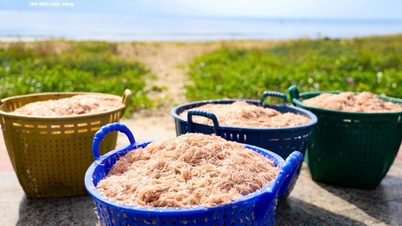



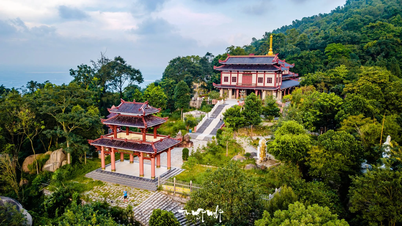



















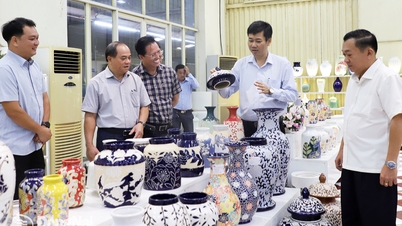

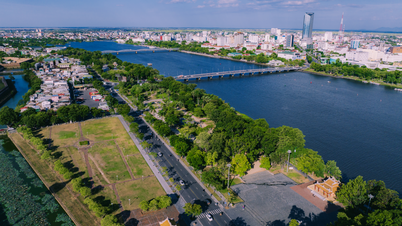



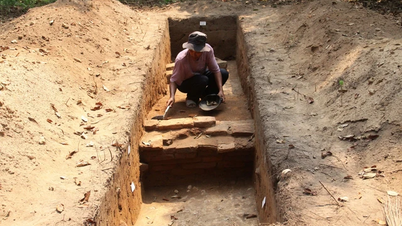

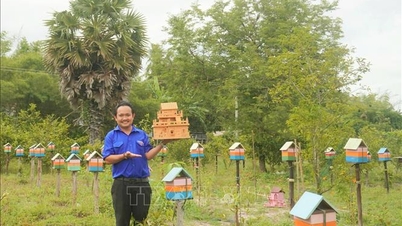

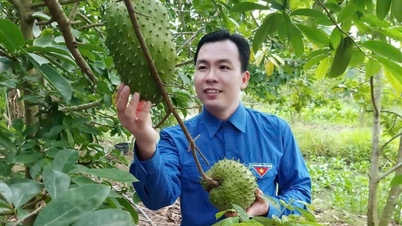












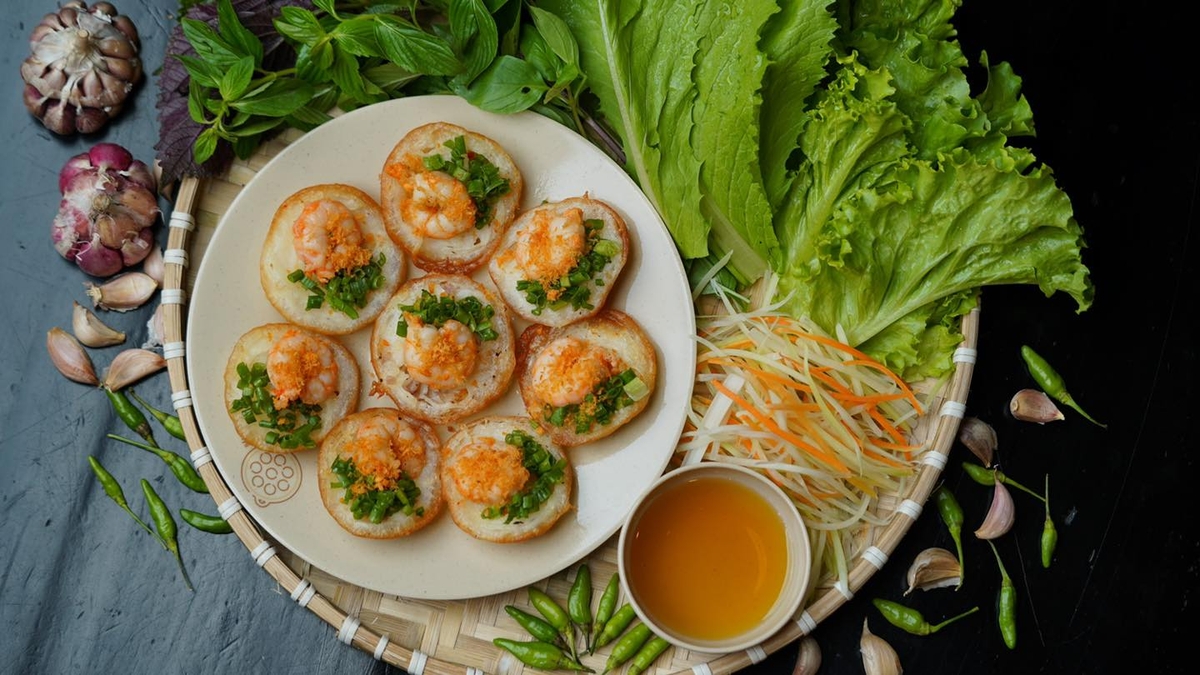

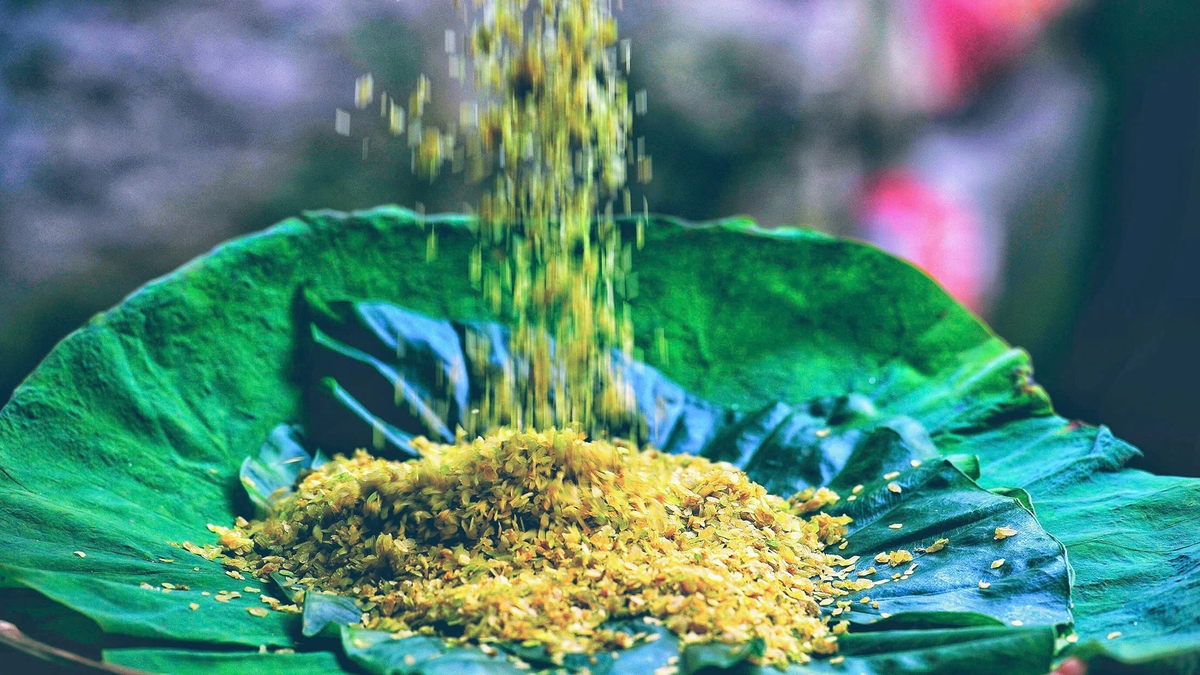























![[Photo series] People flock to the foot of Tri An dam to 'hunt for heavenly blessings' after the largest hydroelectric plant in the South closed its floodgates](https://vphoto.vietnam.vn/thumb/402x226/vietnam/resource/IMAGE/2025/10/19/1760858793060_5_20251019135535.jpeg)



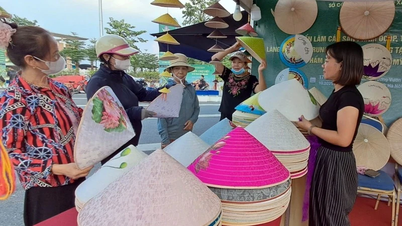
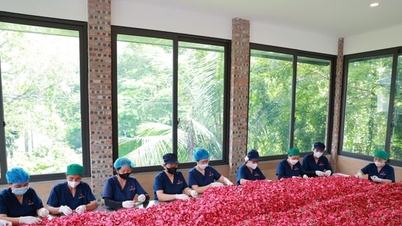











Comment (0)